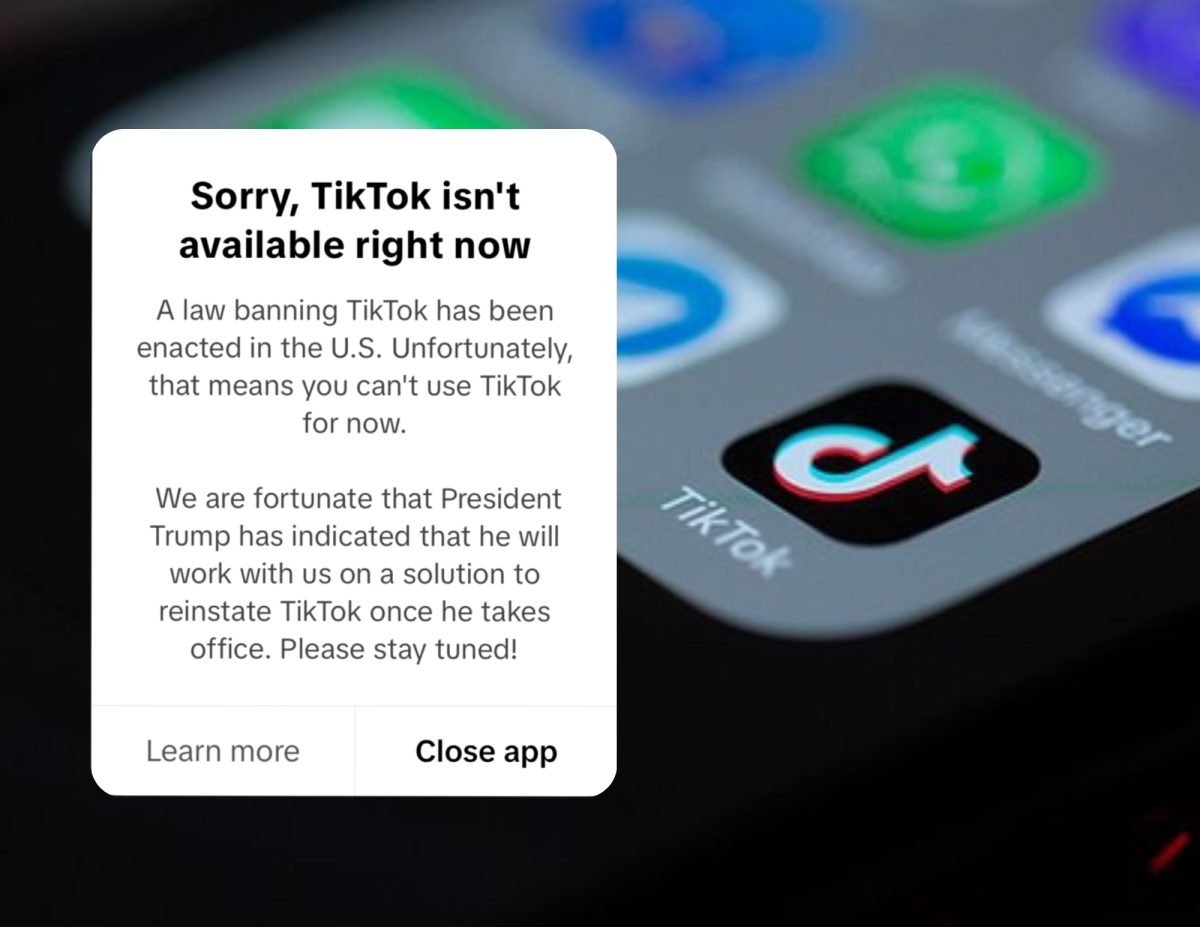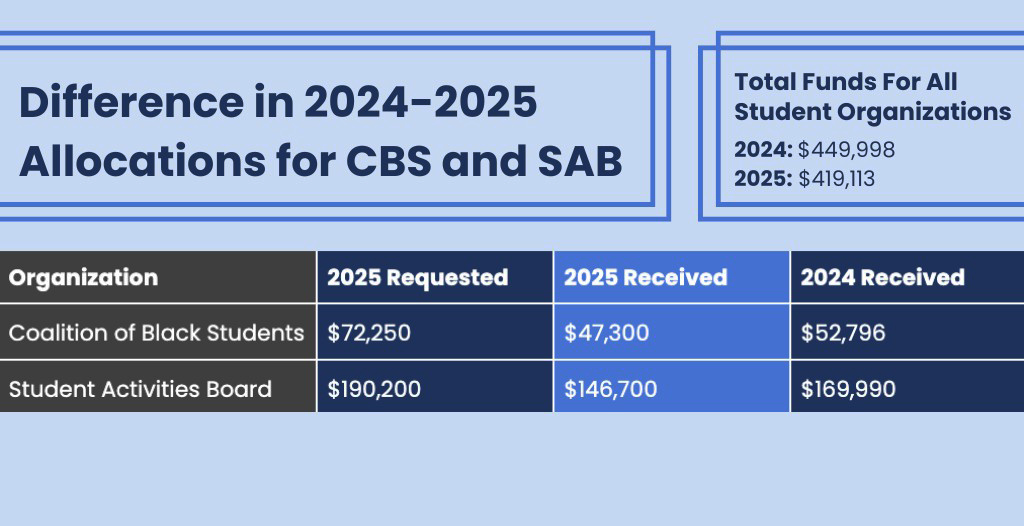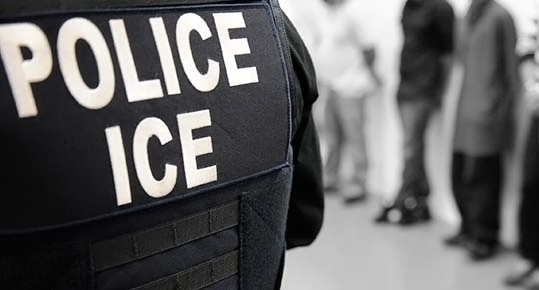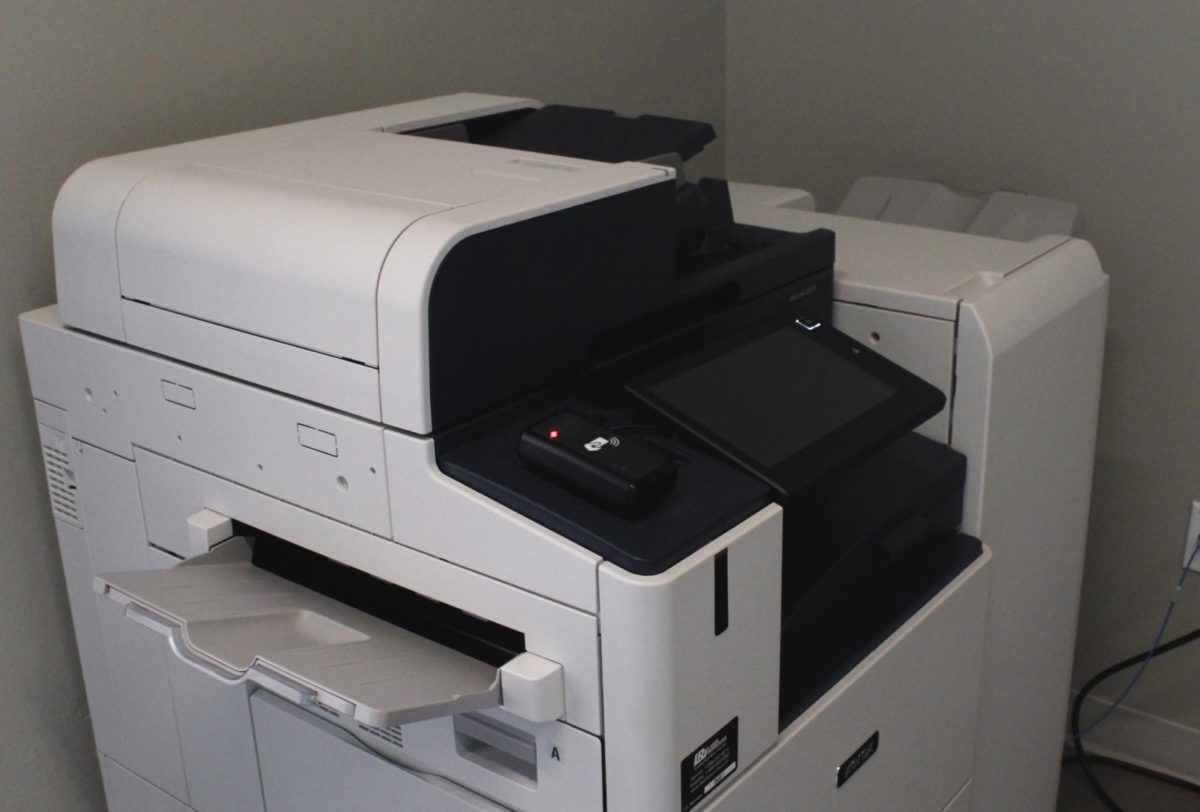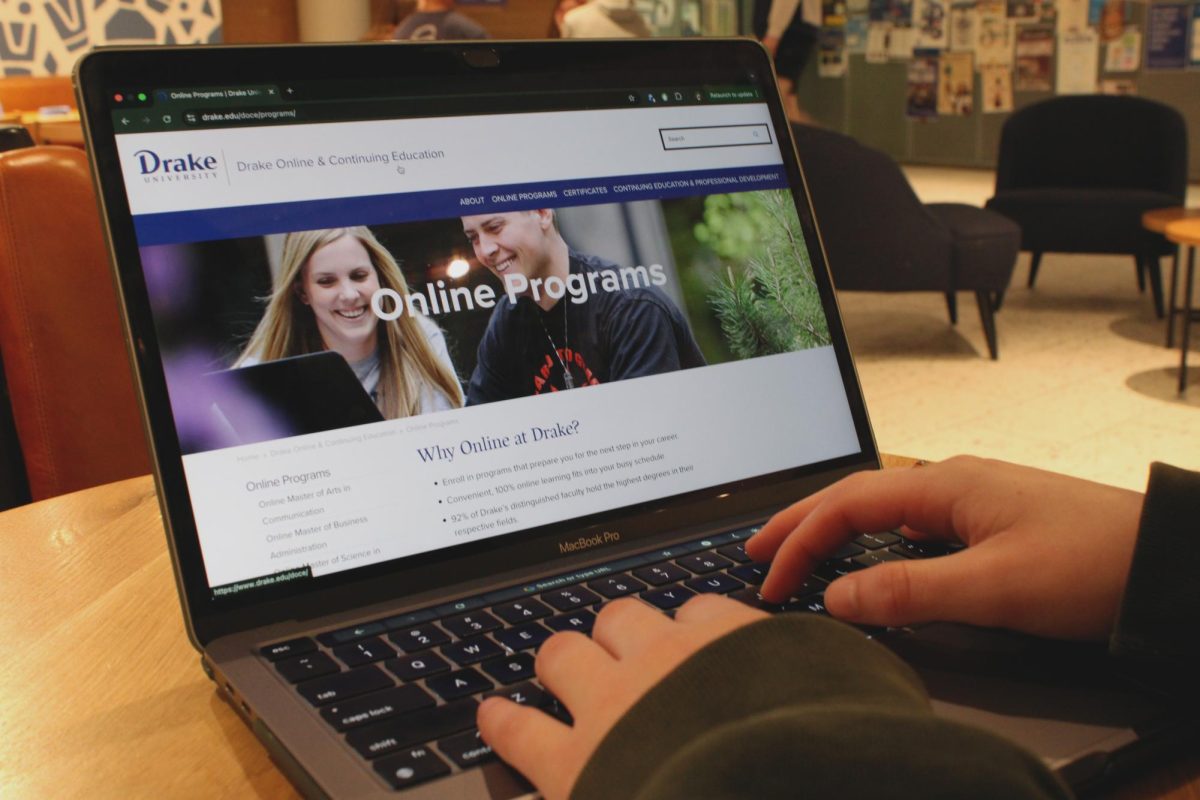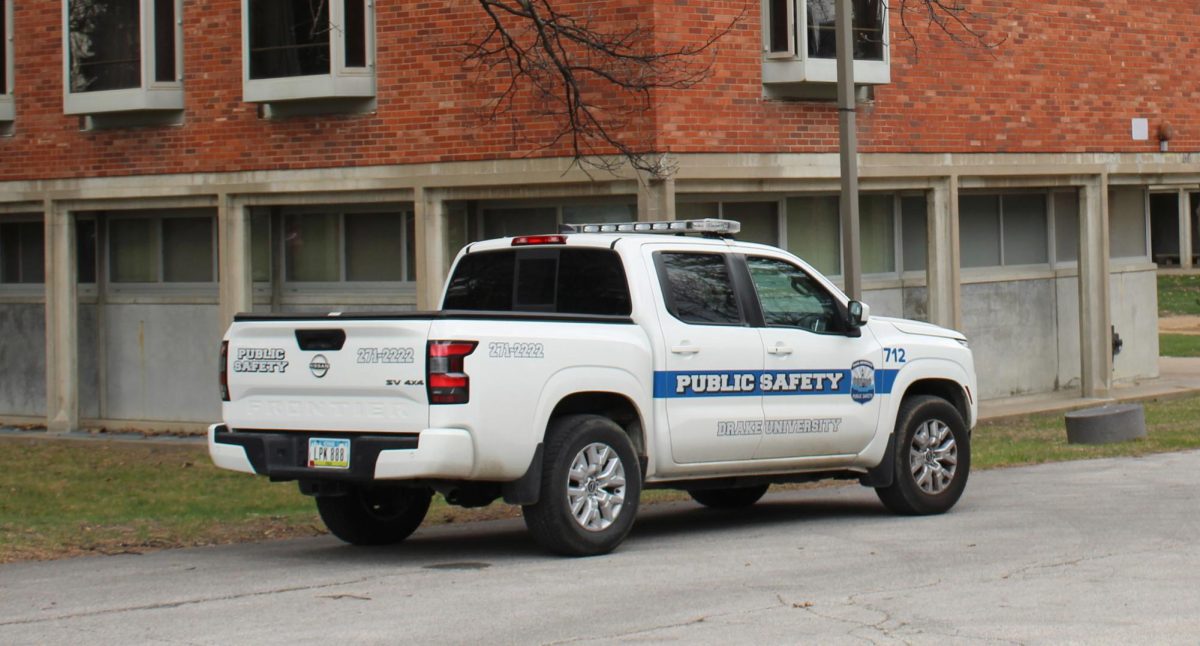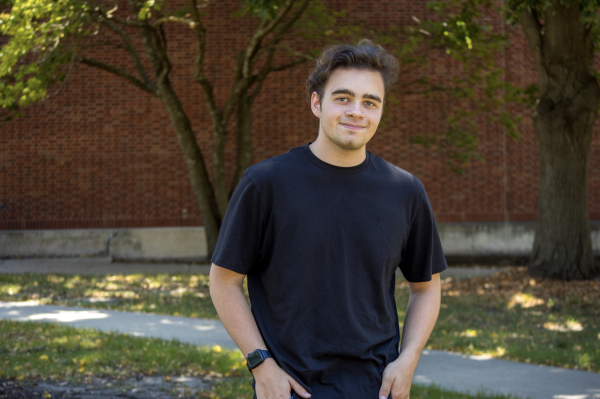On Jan. 18, TikTok went dark for its 170 million U.S. users. On Jan. 19, 12 hours after the ban took effect, TikTok came back to life, with the ban halted till March, 2, 2025 by the Trump administration to allow for TikTok to find a buyer within the United States. The major point of contention with the legal proceedings of the ban has been TikTok’s parent company ByteDance being China based. TikTok has now been removed from all major app stores pending the ban’s reconsideration by the U.S. Government.
As mass communication has changed with the advent of social media, so has the way people stay informed. 21% of adults in the U.S. get their news not from traditional news but from social media, according to the Pew Research Center.
“It’s [TikTok] a way for a lot of people to get information and stay on current events and what’s happening in the world, and for people to just share their personal experiences with their lives,” said Wood. “A lot of people use social media as a way to just know things.”
On Jan.21, Joseph Owens, a social media manager for Drake, published a TikTok Ban Assessment through Drake University Communications and Marketing in response to the uncertainty of the platform and how to plan to transition social media strategy and content as well as how to archive content and metrics from TikTok.
“To ensure continued social media presence, we are encouraging content migration to established platforms like Instagram Reels, YouTube Shorts, and Snapchat while offering options to either leverage existing University channels or request new ones through our formal evaluation process,” Owens said in an email. “As we navigate this transition, the UCM team is not only increasing emphasis on our current platforms but also monitoring emerging channels such as Threads and BlueSky for potential future opportunities.”
As the March 2 deadline of the ban’s extension inches closer, social media users have questioned how content will shift.
“There have been a lot of discussions about what we will do as a university and for Griff’s accounts if the ban takes effect,” said Erin Bell, director of the live mascot program at Drake. “When it was getting close to the deadline [Jan.19], the plan was for Griff to continue on his other platforms and see how the dust settled with the ban, and fortunately, it came back online, so we were able to just resume as normal.”
Kaitlyn Wood, Drake student and social media manager for Drake Opera Theater and the Brocal Chords, explained that these organizations use social media mainly to recruit new members, increase interest in the organizations and to personally reach out to current members. With the ban targeting specifically TikTok, a non-U.S.-owned social media platform, sighting national security as the reason, concern about censorship of free speech has been brought to attention both on and off the social media platform.
“It’s free speech,” said Wood. “If taking away a platform like that isn’t really for national security, I feel like there are definitely bigger issues that we should be worrying and caring about.”

